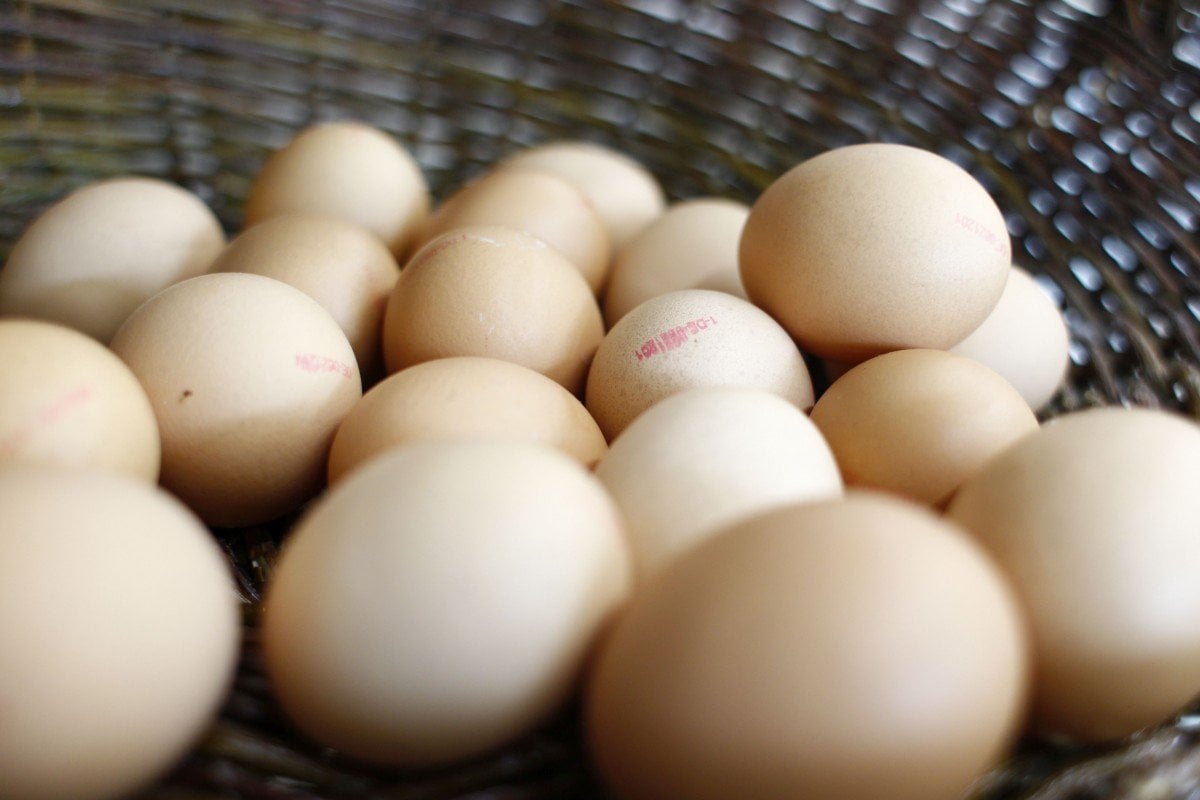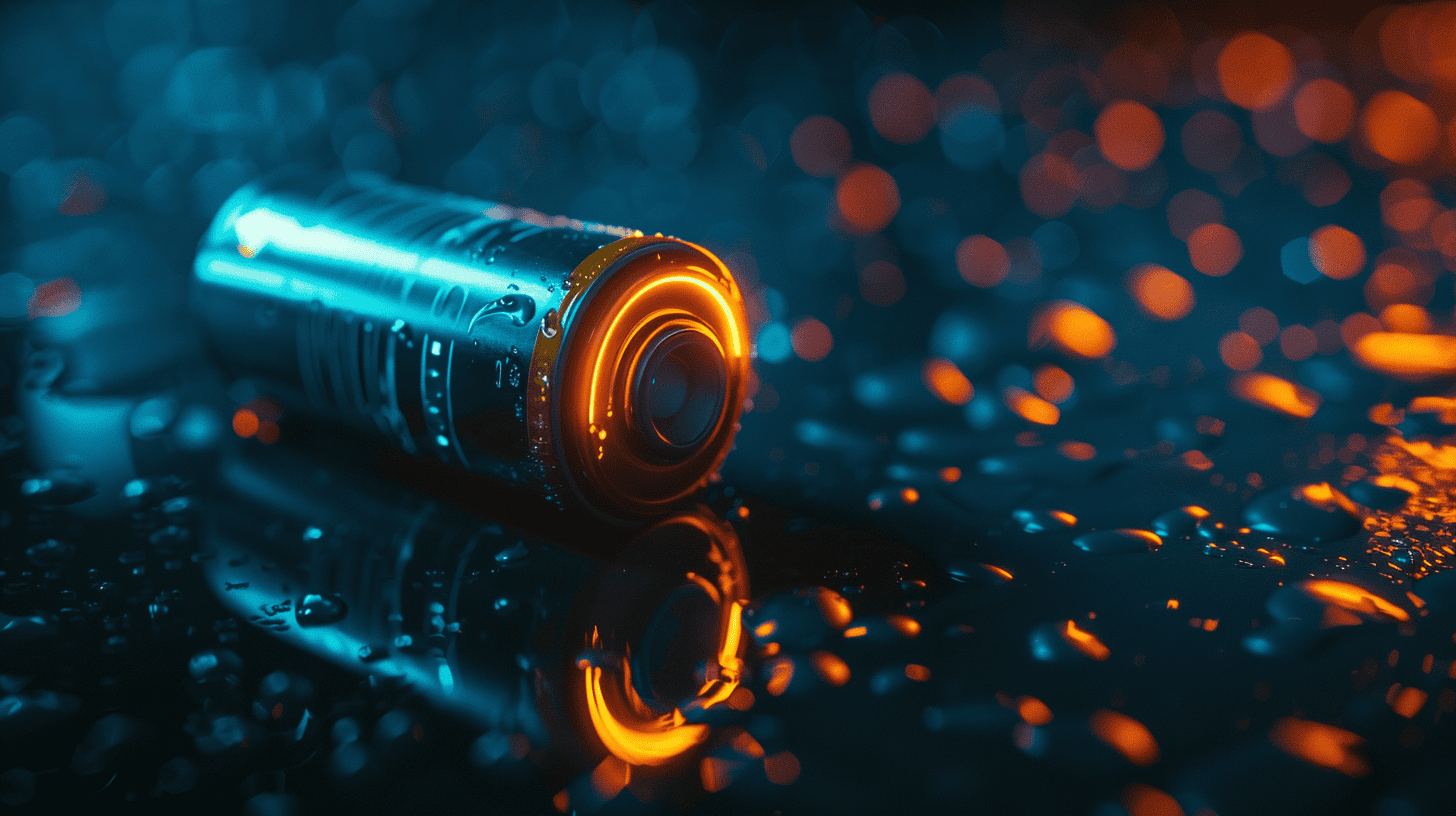
Nearly 20 billion eggs are consumed in Germany alone, every year. The eggshells offer an interesting potential: They are suitable as effective, sustainable storage material, and so for the construction, they’re cost-effective and at the same time a good lithium-ion capacitor. The idea of sensibly recycling bio waste is an exciting topic. Professor Maximilian Fichtner from the Helmholtz Institute Ulm (HIU) says: “Surprisingly, there are always new examples in which natural substances have good to very good prerequisites for the production of materials for electrochemical storage.”
Electrochemical qualities
For example, hen eggshells consist of a composite material with calcium carbonate (CaCO3) and a protein-rich fibre membrane. Thanks to their high CaCO3 content, they provide excellent electrochemical qualities with which they can store lithium well. This is the conclusion reached by an international team, including scientists from the HIU. The researchers used eggshell powder as an electrode against a metallic lithium anode in a non-aqueous electrolyte. With over 1000 charging and discharging cycles, the test cell maintained a capacity of 92 per cent.

For their investigations, the researchers used both the calcified shell and the inner and outer shell membrane. For this purpose, they washed, dried and crushed the shells into a powder and obtained the conductive material. In order to improve the performance of the material and enable it to be used widely, further research and a detailed understanding of the electrochemical and physical behaviour of the material are now required, according to the research team.
Cost-effective and good
So far, eggshell waste has been used in a number of applications. They are used in bioceramics, cosmetics and the dyestuff industry. The protein-rich, fibrous eggshell membrane has also functioned as a separator in supercapacitors. Now the egg shells have been used as electrodes for the first time worldwide. In addition to the applications mentioned above, they could also be used as a sustainable storage material in the future. The research group recently presented the results in the magazine Dalton Transactions of the Royal Society of Chemistry (DOI: 10.1039/c8dt03252a).
Background
As a research university within the Helmholtz Association, KIT creates and imparts knowledge for the society and the environment. The aim is to make significant contributions to global challenges in the fields of energy, mobility and information. To this end, some 9300 employees work together on a broad disciplinary basis in the natural sciences, engineering, economics, the humanities and social sciences. KIT prepares its 25,100 students for responsible tasks in society, business and science through a research-oriented university course. KIT’s innovation activities bridge the gap between knowledge and application for the benefit of society, economic prosperity and the preservation of our natural resources.
Picture above: Eggshells consist of porous calcium carbonate, which is very suitable for electrochemical storage @Manuel Balzer, KIT








